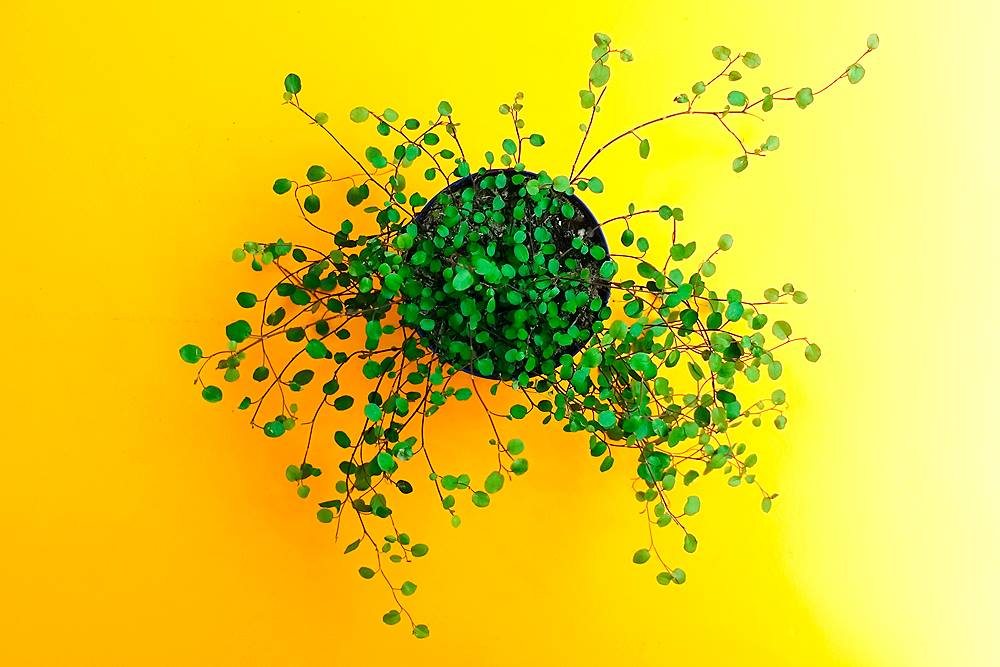
Plant on my dining table in October of 2017.

Plant on my dining table in October of 2017.
by Dave Maier
 In the Third Essay of On the Genealogy of Morality, Nietzsche levels a powerful attack on the modern Platonistic conception of mind and nature, urging us to reject such “contradictory concepts” as “knowledge in itself,” or the idea of “an eye turned in no particular direction, in which the active and interpreting forces, through which alone seeing becomes seeing something, are supposed to be lacking.” More recently, Donald Davidson’s attack on the dualism of conceptual scheme and empirical content, and thus of belief and meaning, requires us to see inquiry into how things are as essentially interpretative.
In the Third Essay of On the Genealogy of Morality, Nietzsche levels a powerful attack on the modern Platonistic conception of mind and nature, urging us to reject such “contradictory concepts” as “knowledge in itself,” or the idea of “an eye turned in no particular direction, in which the active and interpreting forces, through which alone seeing becomes seeing something, are supposed to be lacking.” More recently, Donald Davidson’s attack on the dualism of conceptual scheme and empirical content, and thus of belief and meaning, requires us to see inquiry into how things are as essentially interpretative.
This idea can seem to conflict with our natural conception of the world as objective, fundamentally independent of what we say or think. In a similar context, Wittgenstein has his imaginary interlocutor challenge him (Philosophical Investigations §241): “So you are saying that human agreement decides what is true or false?” The implication is clear: if your position requires that what we say makes things true, rather than simply mirrors it, then that is an unacceptably irrealist result; how the world is cannot depend on what we say about it.
The suspicion can also arise – especially when the relevant reflections about language come from those steeped in literary theory – that “interpretivists” have mistakenly extrapolated from what may very well be true in the specific case of artistic interpretation and its objects to any discourse about the world at all. Similarly, defenders of the traditional view of objectivity such as John Searle (following John Austin here) have suggested that it is the specific cases of “illocutionary acts” such as “I hereby pronounce you man and wife,” which do indeed cause their objects to be thus truly described, that have unwittingly led to the interpretivist heresy. Read more »
I don’t know what Damien Chazelle was thinking as he was crafting First Man, a film about Neil Armstrong and his moon landing in Apollo 11, but to create the film we saw he had to “cleanse” it of four decades of space-adventure films. “But why,” you might ask, “would he want to do that? What’s wrong with adventures in space?” Nothing, if that’s your cup of tea. But, on the evidence of the film itself, he had something else in mind.
“What, pray tell, was that?” you ask. Let’s take a look.
No sense of wide open spaces, no wild blue yonder. Just white knuckles holding on and deliberate self-mastery. Keep it together. Pull through. And then it’s over. Armstrong lands the plane and gets out.
The aerial adventure trope has been held at bay. We’ve been told, “this is not that kind of film.” And the film makes a quick shift to a different register. Read more »
Andrea Scrima’s “The Ethnic Chinese Millionaire” at Manière Noire consists of a two-part, large-scale text installation, a small sculpture, and a news photo printed on the invitation card. These three elements interlock in an intricate manner, while the exhibition stands in relation to the novel A Lesser Day, which has recently come out in German translation [Wie viele Tage, Literaturverlag Droschl, 2018]. I spoke to the artist and author about the connections between literature and art, image and reproduction, description of image and text turned into space—in other words, about the multimodal signification processes of this complex work. The following conversation took place via email over a period of several weeks for the most part in August and September, 2018. –Myriam Naumann
Myriam Naumann: “Kent Avenue; how I hadn’t done anything I’d set out to do in New York, how I’d called off the exhibition and worked on the book instead…” In A Lesser Day, processes of emergence and coalescing, for instance of perception or materiality, are always present. At one point, the actual writing of a book becomes the subject matter of the text. How did A Lesser Day and its German translation come about?
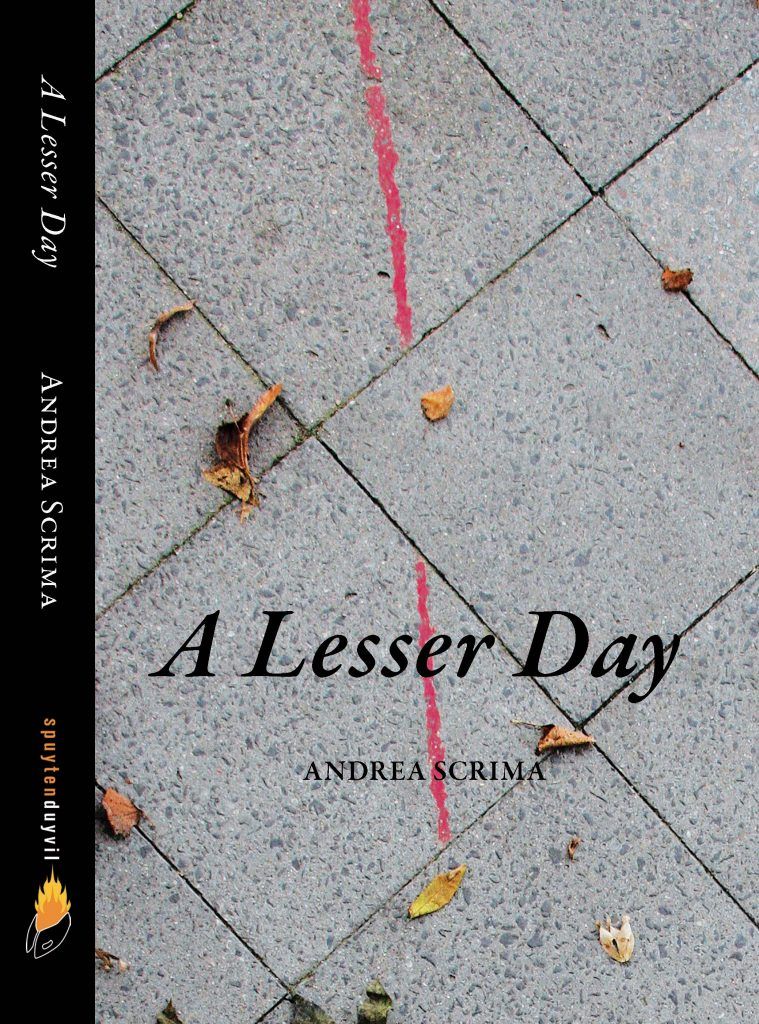 Andrea Scrima: As a visual artist, I worked in the area of text installation for many years, in other words, I filled entire rooms with lines of text that carried across walls and corners and wrapped around windows and doors. In the beginning, for the exhibitions Through the Bullethole (Bemis Center for Contemporary Arts, Omaha), I walk along a narrow path (American Academy in Rome) and it’s as though, you see, it’s as though I no longer knew… (Künstlerhaus Bethanien Berlin in cooperation with the Galerie Mittelstrasse, Potsdam), I painted the letters by hand, not in the form of handwriting, but in Times Italic. Over time, as the texts grew longer and the setup periods shorter, I began using adhesive letters, for instance at the Neuer Berliner Kunstverein, Kunsthaus Dresden, the museumsakademie berlin, and the Museum für Neue Kunst Freiburg. Many of the texts were site-specific, that is, written for existing spaces, and often in conjunction with objects or photographs. Sometimes it was important that a certain sentence end at a light switch on a wall, that the knob itself concluded the sentence, like a kind of period. I was interested in the architecture of a space and in choreographing the viewer’s movements within it: what happens when a wall of text is too long and the letters too pale to read the entire text block from the distance it would require to encompass it as a whole—what if the viewer had to stride up and down the wall? And if this back and forth, this pacing found its thematic equivalent in the text? Read more »
Andrea Scrima: As a visual artist, I worked in the area of text installation for many years, in other words, I filled entire rooms with lines of text that carried across walls and corners and wrapped around windows and doors. In the beginning, for the exhibitions Through the Bullethole (Bemis Center for Contemporary Arts, Omaha), I walk along a narrow path (American Academy in Rome) and it’s as though, you see, it’s as though I no longer knew… (Künstlerhaus Bethanien Berlin in cooperation with the Galerie Mittelstrasse, Potsdam), I painted the letters by hand, not in the form of handwriting, but in Times Italic. Over time, as the texts grew longer and the setup periods shorter, I began using adhesive letters, for instance at the Neuer Berliner Kunstverein, Kunsthaus Dresden, the museumsakademie berlin, and the Museum für Neue Kunst Freiburg. Many of the texts were site-specific, that is, written for existing spaces, and often in conjunction with objects or photographs. Sometimes it was important that a certain sentence end at a light switch on a wall, that the knob itself concluded the sentence, like a kind of period. I was interested in the architecture of a space and in choreographing the viewer’s movements within it: what happens when a wall of text is too long and the letters too pale to read the entire text block from the distance it would require to encompass it as a whole—what if the viewer had to stride up and down the wall? And if this back and forth, this pacing found its thematic equivalent in the text? Read more »
by Paul Braterman
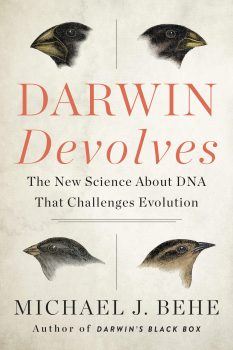 “[T]here is in fact nothing that can alleviate that fatal flaw in Darwinism” says Professor Behe, stating the book’s central claim in the mendaciously mislabelled creationist web journal Evolution News.
“[T]here is in fact nothing that can alleviate that fatal flaw in Darwinism” says Professor Behe, stating the book’s central claim in the mendaciously mislabelled creationist web journal Evolution News.
The claim is clickbait, the book title misleading, and the argument long since rebutted. The historical roots of the argument show the close links between what now calls itself Intelligent Design, and biblically inspired “creation science”. The issues are important because the Intelligent Design movement gives a veneer of intellectual respectability to the denial of scientific reality. Behe is a founder member and senior fellow of the Seattle-based Discovery Institute (DI), which hails him as a revolutionary. The DI promotes Intelligent Design, and his colleagues there have greeted his book with  rapture, claiming that “Michael Behe’s Darwin Devolves Topples Foundational Claim of Evolutionary Theory” and that “Anyone interested in knowing the truth about the design/evolution debate will find Darwin Devolves a must read.”
rapture, claiming that “Michael Behe’s Darwin Devolves Topples Foundational Claim of Evolutionary Theory” and that “Anyone interested in knowing the truth about the design/evolution debate will find Darwin Devolves a must read.”
I would much rather have been able to ignore this book. Unfortunately, I cannot do so because I know that it will receive massive publicity from the “Darwin was wrong” industry, providing as it does a figleaf of intellectual respectability to the anti-scientific creationism espoused by millions of people worldwide, including the Vice President of the United States.
 I wonder whether Behe’s most vociferous supporters actually understand his position. Unlike them, he accepts the plain facts of evolution, including the mutability of species, the evolution of humans from non-human primates, the common ancestry of different kinds of living thing, and evolution in progress all around us. However, his repeated references to Darwin and Darwinism may help conceal these facts from the casual observer. Read more »
I wonder whether Behe’s most vociferous supporters actually understand his position. Unlike them, he accepts the plain facts of evolution, including the mutability of species, the evolution of humans from non-human primates, the common ancestry of different kinds of living thing, and evolution in progress all around us. However, his repeated references to Darwin and Darwinism may help conceal these facts from the casual observer. Read more »
…..—elegy
to take an album in your hands
to feel its slight heft
to free it from its clear synthetic skin
to slip it from its cardboard cover
to scan its art, to flip it over, read,
then slide it from its paper inner sleeve
with care (platter’s rim to palm just so)
so as not to grease and soil
its lyric grooves with finger oil
which might later cause
a lead-riff smother
to hold in hands —but only by its rim
between two palms— to catch the lightglaze
caroming from its onyx spiral, cast
like hairs in onyx vinyl
to drop its center hole upon a hub
and, as it spins, to lift the diamond arm
above the disk and set its carbon tip
to spinning rifts
……………………..… (with steady
surgeon’s chance)
………………………… to do its
oscillating dance,
……………………….. its ricocheting ride
off microcliffs
to send vibrations out
as turning table shifts
and shadows scatter
ah— in that sweet tick of space & time
music’s all that matters
Jim
2/15/18
by Scott F. Aikin and Robert B. Talisse

Epicureans famously held that we should not fear death. Epicurus argued that because we simply do not exist once we are dead, there is no subject to suffer pains. And since pain is the only truly bad thing, there is nothing bad for us to fear in being dead. In this way, they saw philosophical argument as part of the therapy for overcoming fear. Lucretius followed Epicurus’ argument with the observation that the time before we were born is relevantly similar to the time after we die – both are periods in which we are not. He reasoned that, as we do not feel dread with respect to the time before our birth, there is no reason to dread the time after our death. These two arguments, which may be called the no subject of harm argument and the symmetry argument, have attracted a good deal of scholarly attention, and for good reason. (We have even weighed in on the symmetry argument, elsewhere.) But there is a third Epicurean about death and our coordinate attitudes about life, and it has been generally neglected. We’ll call it the squandering argument.
The squandering argument is an exercise of dialectical reasoning, in that it is not a stand-alone argument to be presented out of the blue to a person. The more commonly discussed no subject of harm and symmetry arguments are of that form. Instead, dialectical arguments arise in the midst of a series of back-and-forth exchanges between interlocutors. They are developmental pieces of reasoning that are presented in the thick of an exchange between particular discussants, and so their form (and even their conclusions) can be difficult to discern, especially once the dust settles on a dispute. But, ironically, dialectical arguments hold great promise as devices for philosophical therapy. Read more »
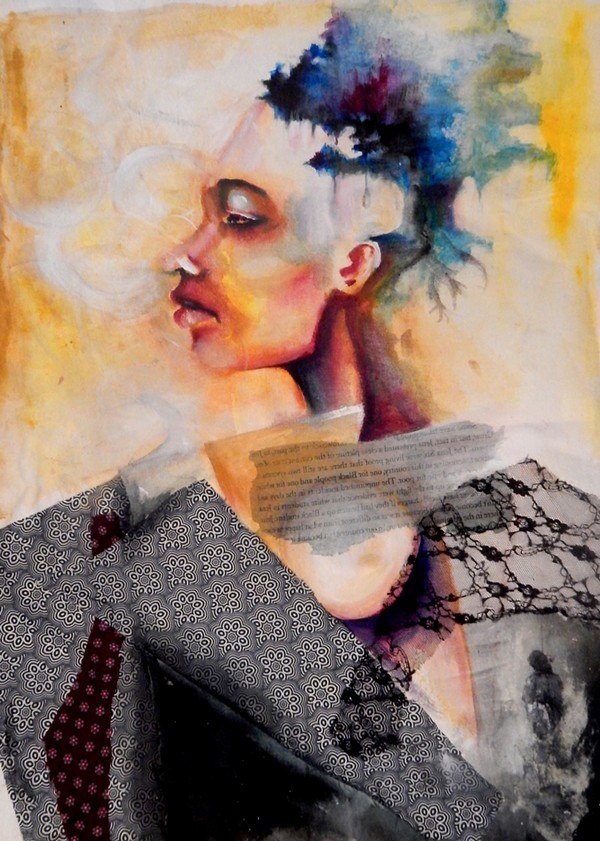
Angela Davis Johnson. Remember, 2015. From the series Ashes on The Fruit Trees.
Ms. Davis said of this series:
“I decided to approach this body of work with a question: If ashes spoke about the history of American lynching (both of the distant past and present) what would they say? Through twenty-six paintings I explore the trauma, and ultimately the dignity of a survived people. The work comprises of eight un-stretched canvases anchored onto wood with rope. Eighteen small monotypes with the words of sorrow songs/contemporary lyrics act as connector between the larger work. This piece [above] is titled “remember.” It is an Ash Spirit. Hanging nooses in her tree hair are calling us to remember the lives of lost and understand the pain of the present.”
by Jonathan Kujawa
If you believe Sheldon Cooper, physicists have a working knowledge of the universe. Mathematicians aren’t so humble. We like to think we aren’t constrained by reality. As is usually the case, xkcd put it well:
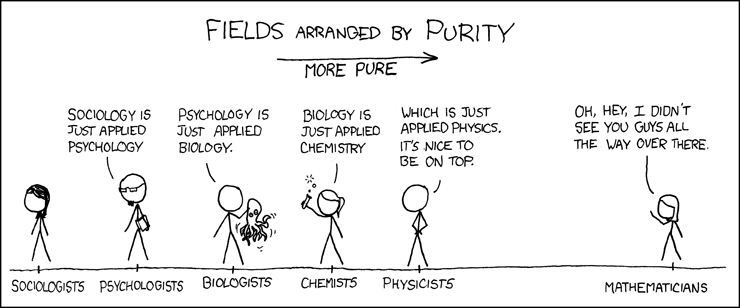
Mathematicians like to think they are able to transcend time and space at will with a stick of chalk as their only weapon. Of course, the truth is we are all limited in what we can grasp. As John von Neumann famously said: “In mathematics you don’t understand things. You just get used to them.” von Neumann was being deliberately provocative but he was also telling the truth.
Even when we think we are on solid mathematical ground our footing can easily be shaken by a small shift in point of view. Whether we make a deliberate decision or not, how we choose to observe and record determines what we can see and understand. There is an important distinction to be drawn in math and in life between things which depend on our viewpoint and those which don’t.
We saw a hint last time here at 3QD. We discovered the humble real numbers which we know and love from our school days are a vast and ultimately unknowable universe. The overwhelming majority of them will be forever out of reach. Even so we find real numbers comfortingly familiar. Even if we don’t understand them, we’ve gotten used to them. Read more »
by Amanda Beth Peery
Mr Cogito is trying to make his soul more porous
like the screen door of a house in the country
letting all the air in.
Mr Cogito wants a soul like a net
catching colors & conversations, catching visions:
the singing through the door of a cathedral
on a crooked street, reaching for angels,
where he and the beggars outside understand
for the first time how to admire God
the crunch of ice in countless machines
the slush moving under boots in the street
& the thickness or click or throat-roll of consonants
in a dozen languages on the rush-hour subway
& the roar of fast traffic like the ocean
& the ocean itself breaking its rolled fists
on rocks and the deep
groaning of the earth — he heard the earth
is firmer here, it helps to hold
the skyscraper’s foundations
over its molten roll — he wants to scoop
the sounds, slick & meat-thick
out of the net of his soul
& feel the life of them in his fingers.
by Ashutosh Jogalekar

A well known physicist turned venture capitalist asked on Twitter the other day why people seem to have a harder time understanding chemistry rather than physics or biology. Chemistry is by no means harder to understand than physics or biology, but it occupies a tricky middle ground between rigor and intuition, between deduction and creation, between creativity and understanding. Understanding it can bring great dividends: Robert Oppenheimer once said that “If you want to get someone interested in science teach them a course on elementary chemistry…unlike physics it gets very quickly to the heart of things.”
Chemistry’s path was partly driven by an impulse to understand the physical world, much like the path of physics and astronomy, but somewhat differently from physics and astronomy, to consciously improve the material conditions of life. What passed for medicine, art, architecture, agriculture and commerce in the ancient world was suffused with chemistry. Whether it was indigo dye for royal textiles, mercury or arsenic for medicine, lime for protecting crops or plaster for holding together stones of medieval stone buildings, the world looked to chemistry, whether consciously or not, to feed, transport, clothe and sustain itself. But this foundational practical role that chemistry played also obscured its philosophy.
The philosophy of chemistry developed in the 18th and 19th centuries through the work of Dalton, Lavoisier, Liebig, Kekule, Mendeleev and other thinkers. They systematized the vast body of observations that natural philosophers had documented and assimilated over the years. But key questions still remained: Why did water freeze at 4 degrees Celsius? Why were gallium and mercury liquids? Why was lithium relatively stable while its cousin sodium a fiery, unstable beast? Even Mendeleev’s famed periodic table, after answering the how, did not answer the why. Read more »
by Brooks Riley
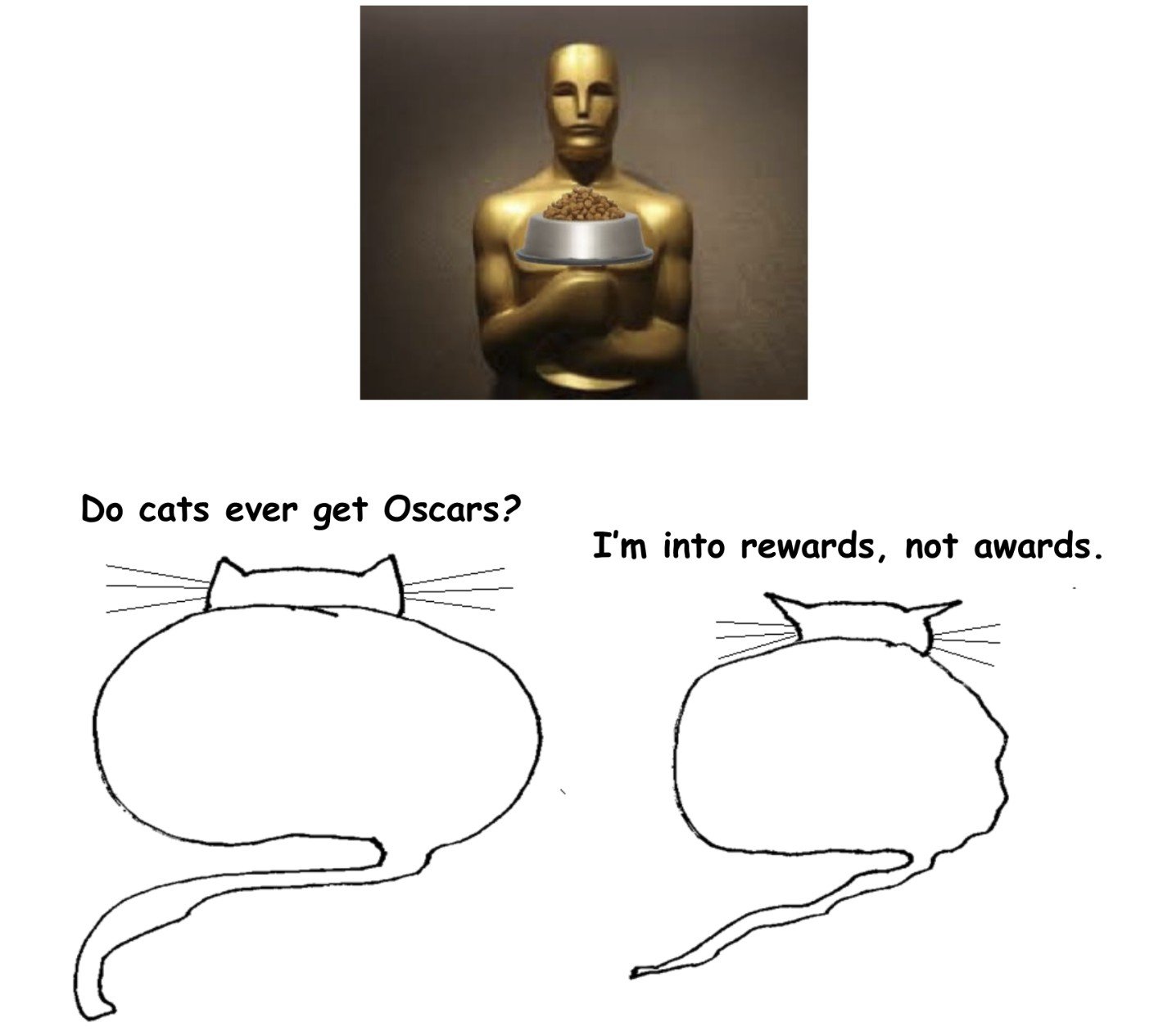
by Tim Sommers
 I was lugging several superheavy boxes of dishes up the concrete stairs from the sidewalk to the front door when a guy in a silver suit materialized in front of me. The first rule of moving is that when you pick something up, you don’t put it down until you have it where it goes. This is because picking it up and putting it down are half the battle. So, I tried to go around him.
I was lugging several superheavy boxes of dishes up the concrete stairs from the sidewalk to the front door when a guy in a silver suit materialized in front of me. The first rule of moving is that when you pick something up, you don’t put it down until you have it where it goes. This is because picking it up and putting it down are half the battle. So, I tried to go around him.
“What year is it!? What year!?” he shouted at me. I told him as I pushed past. “Oh, my god, I can do it!” I was almost inside when he grabbed my shoulder. “I come from fifty years in your past.”
“Okay.”
“Aren’t you amazed?”
I sighed and put the boxes down. This was going to take a minute. “Not really.”
“You’re not amazed? Don’t you understand? I have discovered that I have the ability to leap forward in time by sheer force of will. Do you not see?”
“Nice outfit,” I told him.
“I made it.” He seemed a little embarrassed. “Just in case.”
“You know you can’t go back, right?”
“What do you mean? I can leap through time at will.”
“Forward in time. Not back.”
“Wait. What? How can you know that?”
“You can’t go back in time. It’s like physics or something.”
He clenched his fists and looked strained – like he was trying to go back in time, I guess. He started to sweat. Then he appeared to give up for the moment. “How can you possibly know anything about my abilities?” Read more »

Alpine snowstorm in January of 2018.
by Brooks Riley
 The Alps are much grander this morning. I like to think they tiptoed closer in the night, but it’s only an optical illusion created by a local high-pressure system called föhn, which magnifies them and everything else on the horizon. Sitting outside in the loggia, a spacious recessed balcony that resembles a box at the opera, I am audience to many forms of entertainment—weather theater, rainbow theater, sunrise theater, moonrise theater, but best of all, avian theater with its motley cast of bird species performing their life cycles like variations on a theme, in full view.
The Alps are much grander this morning. I like to think they tiptoed closer in the night, but it’s only an optical illusion created by a local high-pressure system called föhn, which magnifies them and everything else on the horizon. Sitting outside in the loggia, a spacious recessed balcony that resembles a box at the opera, I am audience to many forms of entertainment—weather theater, rainbow theater, sunrise theater, moonrise theater, but best of all, avian theater with its motley cast of bird species performing their life cycles like variations on a theme, in full view.
To really see, sometimes you must simply sit still. You sit still and let it come to you—a thought, an image, a realization, a metaphor, an epiphany, a living creature. High up in a fourth-floor aerie, I see things I never would have noticed in the thick of life when I bustled among my own kind in cities overwhelmingly populated by my own kind. Now I see birds. Watching their performances, I see their consciousness as clearly as I recognize my own. I don’t need to make eye contact to know that they see me too, like actors aware of an audience. It’s an empirical observation but there are stories to back it up. In the great debate over animal consciousness, sometimes less is more, sometimes what you see is what you get, not what you’ve gleaned from neurological mapping or fancy tests. Science and philosophy merely obfuscate the obvious.
Any view can become tiresome over time. The eye begins to explore the details. Up here in the loggia, it is the birds that came into focus, performing center stage on a ladder that runs up the side of a thick chimney across the street. There’s not one bird in the neighborhood who hasn’t perched atop that ladder for whatever reason—ravens, turtle doves, magpies, merles, even a great tit or two. They come with dramaturgy, poignant narratives of survival strategies and competition, of empathy and antagonism, of mutual need and sharing, of joy—the stuff of life no matter what species you belong to. Read more »
by Nickolas Calabrese
 When one makes an artwork, something flows from artist to audience. The thing flowing is actually several: concepts, ideas, aesthetic experiences, duration itself, beliefs, attitudes, and probably much more. Artworks work in a similar way to language, although it would be foolish to believe that artworks are language. Their similarities to language end at the transmission from one to another of the things flowing. That’s how language works as well. But for art, as with something like emotion, the flow is vague in how it is sent and received. It seems to me that the best linguistic analogy for what artworks do is located in assertion. Artworks assert a position. Of course it is entirely possible, and even the norm, that their version of assertion is cryptic to the point of being sometimes unintelligible. But assertions don’t need to be crystal clear. One can assert their dominance over another through a series of non-linguistic subtle bodily movements. Likewise, artworks can make assertions through their physical presence.
When one makes an artwork, something flows from artist to audience. The thing flowing is actually several: concepts, ideas, aesthetic experiences, duration itself, beliefs, attitudes, and probably much more. Artworks work in a similar way to language, although it would be foolish to believe that artworks are language. Their similarities to language end at the transmission from one to another of the things flowing. That’s how language works as well. But for art, as with something like emotion, the flow is vague in how it is sent and received. It seems to me that the best linguistic analogy for what artworks do is located in assertion. Artworks assert a position. Of course it is entirely possible, and even the norm, that their version of assertion is cryptic to the point of being sometimes unintelligible. But assertions don’t need to be crystal clear. One can assert their dominance over another through a series of non-linguistic subtle bodily movements. Likewise, artworks can make assertions through their physical presence.
Formally, an artwork is perched somewhere, on the floor or the wall, installed somewhere in a public park, and so on. The physical position is exceptionally important to the artist. The way the artwork sits is, or should be, crucial to how the artist wants the piece to function. It has an attitude. If we are again to follow the metaphor using language, we could say that an artwork is a propositional attitude, such that it contains the beliefs or disbeliefs of the artist, the series of mental states that amount to this singular crystallization of an artist’s thought. That the work does this duty is critical, otherwise it says nothing and does nothing, and then, what’s the point of making anything at all? No, an artwork has a job to do in the world. Read more »
by Ali Minai
 Most people see understanding as a fundamental characteristic of intelligence. One of the main critiques directed at AI is that, well, computers may be able to “calculate” and “compute”, but they don’t really “understand”. What, then, is understanding? And is this critique of AI justified?
Most people see understanding as a fundamental characteristic of intelligence. One of the main critiques directed at AI is that, well, computers may be able to “calculate” and “compute”, but they don’t really “understand”. What, then, is understanding? And is this critique of AI justified?
Broadly speaking, there are two overlapping approaches that account for most of the work done in the field of AI since its inception in the 1950s – though, as I will argue, it is a third approach that is likelier to succeed. The first of the popular approaches may be termed algorithmic, where the focus is on procedure. This is grounded in the very formal and computational notion that the solution to every problem – even the very complicated problems solved by intelligence – requires a procedure, and if this procedure can be found, the problem would be solved. Given the algorithmic nature of computation, this view suggests that computers should be able to replicate intelligence.
Early work on AI was dominated by this approach. It also had a further commitment to the use of symbols as the carriers of information – presumably inspired by mathematics and language. This symbolic-algorithmic vision of AI produced a lot of work but limited success. In the 1990s, a very different approach came to the fore – though it had existed since the very beginning. This can be termed the pattern-recognition view, and it was fundamentally more empirical than the algorithmic approach. It was made possible by the development of methods that could lead a rather generally defined system to learn useful things from data, coming to recognize patterns and using this ability to accomplish intelligent tasks. The quintessential model for this are neural networks – distributed computational systems inspired by the brain. Read more »
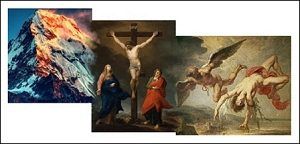
Did an Historical Christ Exist
by now, does it matter?
time and myth have done their work: hope anoints
trying to get to the bottom of it would be like chipping Everest
with a balsa chisel and rubber mallet down to a grain of sand
or explaining to Icarus the practicality of an altimeter
—by the time you got anywhere
it’d be a moot point
all that’s left is faith
which is delicate
and shatters
Jim Culleny
12/26/15
by Emily Ogden
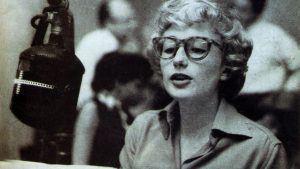 Blossom Dearie: incredibly, it was her legal name. The pianist and jazz singer was born Margrethe Blossom Dearie in 1924; all she had to do to get her stage name was to drop the Margrethe. The name perhaps overdetermines the voice. But you’ve got to hear the voice. Light and slim, with little to no vibrato, Dearie’s voice is ingenuous to such a degree that you begin to wonder whether it isn’t, in fact, the least ingenuous thing you have ever heard. It echoes with the four-square court—or was that the tomb? Imagine a sphinx posing her fatal riddle to Oedipus. Then ditch the immortal growl and try hearing, instead, a girl. That’s Dearie, singing her riddles of love and disaster. But unlike the sphinx, she wagers her own life, not other people’s. She knows the stakes, and still, that light, slim voice, with no vibrato, comes floating onto the air.
Blossom Dearie: incredibly, it was her legal name. The pianist and jazz singer was born Margrethe Blossom Dearie in 1924; all she had to do to get her stage name was to drop the Margrethe. The name perhaps overdetermines the voice. But you’ve got to hear the voice. Light and slim, with little to no vibrato, Dearie’s voice is ingenuous to such a degree that you begin to wonder whether it isn’t, in fact, the least ingenuous thing you have ever heard. It echoes with the four-square court—or was that the tomb? Imagine a sphinx posing her fatal riddle to Oedipus. Then ditch the immortal growl and try hearing, instead, a girl. That’s Dearie, singing her riddles of love and disaster. But unlike the sphinx, she wagers her own life, not other people’s. She knows the stakes, and still, that light, slim voice, with no vibrato, comes floating onto the air.
Hearing Dearie sing, you might find that innocence means something that it never meant before. We tend to think the innocent are young, and the jaded are old. Not so. The age we ought to calculate is not the questioner’s, but the world’s. The jaded think the world is in its adulthood, maybe even its senescence. An old world won’t change much. But a young world—now, such a world could change; it could metamorphose, even. The innocent think the world is young. Whatever they might have come to know about this life, and to their cost, they live as though there’s another world coming, right around the corner. It just hasn’t come as yet. The odds of change are bad, says Experience. They’re pretty good, says Innocence. Who’s making the better bet? Nobody knows. They’re only odds. Read more »

Sam Gilliam. Red April, 1970.
“TWO YEARS AFTER MARTIN LUTHER KING JR. was assassinated on April 4, 1968, Sam Gilliam created “Red April.” The draped canvas makes a bold statement with its candid reference to splattered blood in the wake of an assassin’s bullet. Gilliam, an internationally known artist whose work is influenced by Abstract Expressionism, is recognized for his Color Field paintings and pioneering works on unsupported canvases which he first introduced in 1965. His poignant interpretation of King’s murder, a major turning point in civil rights history, is not the kind of visual most people conjure when the think about the movement. ”